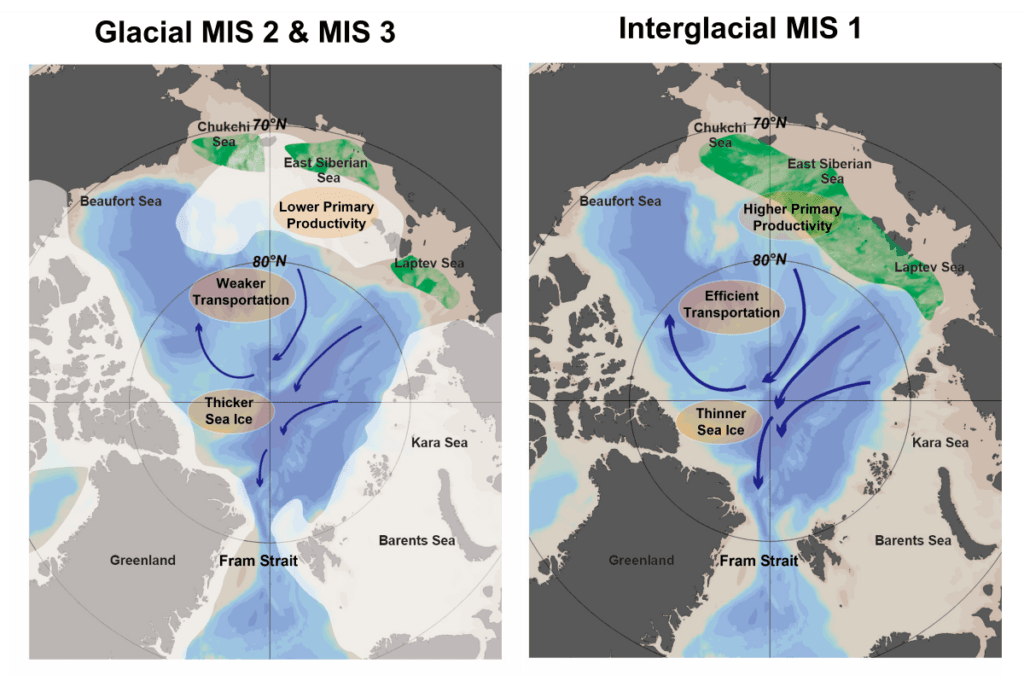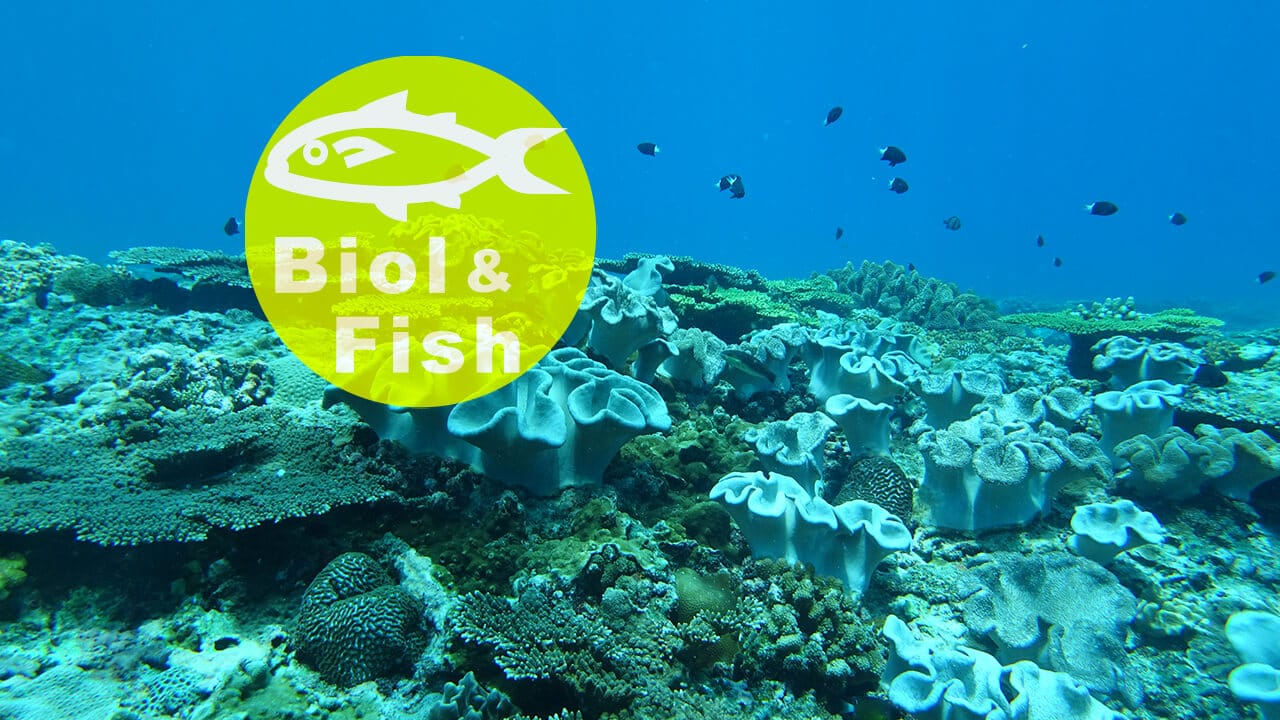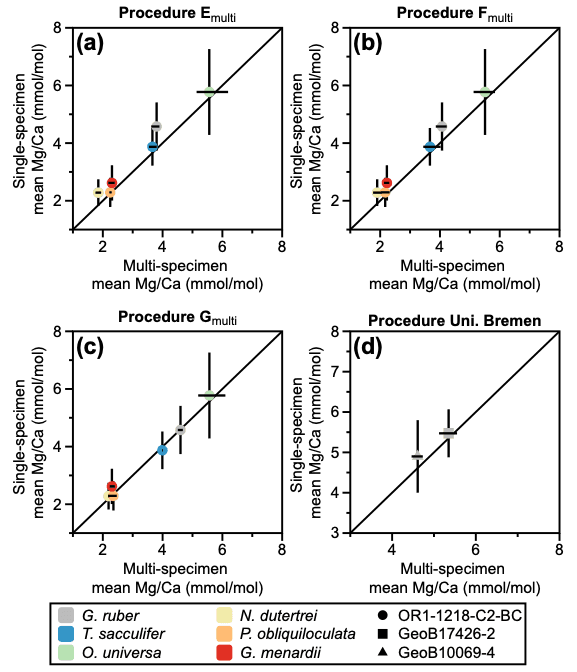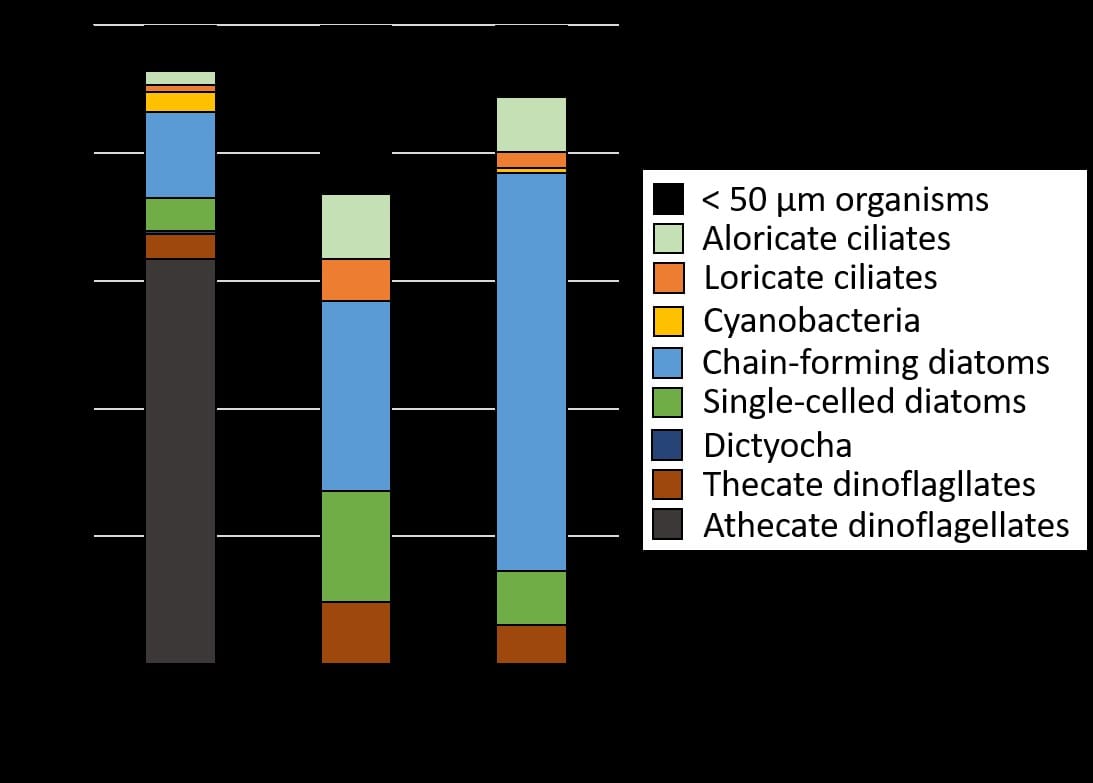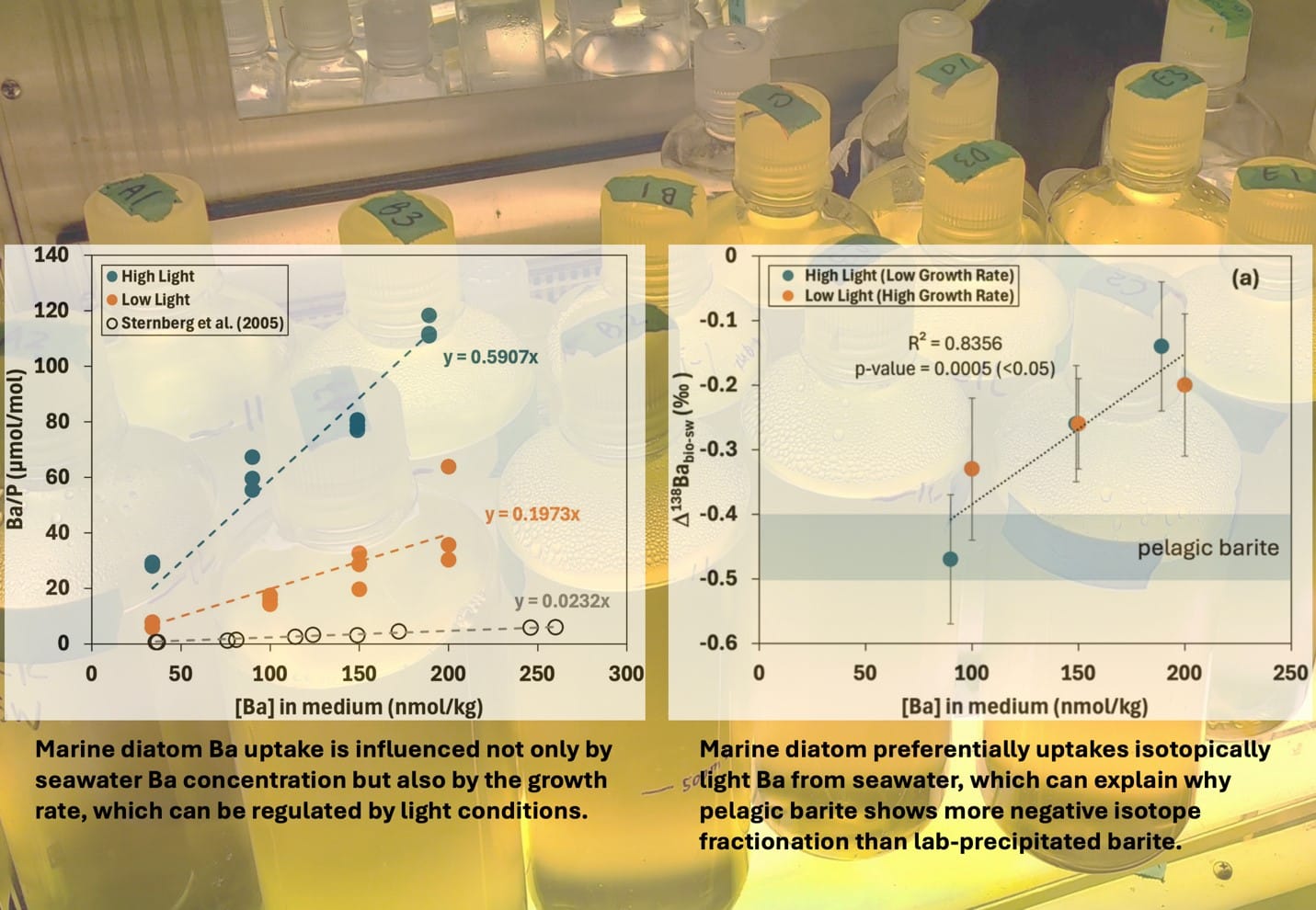The Arctic Ocean plays a crucial role in global climate regulation through its extensive sea ice. In addition to its well-studied role in the radiative budget, sea ice also influences the carbon cycle by driving the transport and deposition of organic matter. In this context, lipid biomarkers have the potential to serve as valuable tracers, yet gaps remain in our understanding of their origins and pathways, particularly in the central Arctic across glacial and interglacial periods.
To better constrain the sources and transport of these biomarker tracers in the central Arctic, PhD student Akanksha Singh, co-supervised by Professor Ludvig Lowemark from the Department of Geosciences and Associate Professor Sze Ling Ho from the Institute of Oceanography, National Taiwan University (IONTU), along with collaborators from IONTU, NTOU and Stockholm University, analyzed n-alkanes and glycerol dialkyl glycerol tetraethers (GDGTs) from nine central Arctic sediment cores spanning MIS 3 to 1.
The study reveals that branched GDGTs (brGDGTs), traditionally considered terrestrial biomarkers, show strong evidence of marine in situ production in central Arctic sediments, challenging previous assumptions. Meanwhile, the biomarker concentrations across different core sites indicate that both marine-derived GDGTs and terrestrial long-chain n-alkanes were primarily transported from the Siberian shelves via drifting sea ice. This transport mechanism remained active throughout the last glacial cycle, though it weakened during colder periods due to thicker ice cover, resulting in lower biomarker concentrations. A particularly interesting finding is the high Branched Isoprenoid Tetraether (BIT) index values observed in the central Arctic. While this index is often used as a proxy for terrestrial input, the study suggests that preferential degradation and/or differing rates of production of crenarchaeol compared to brGDGTs may have influenced the BIT values, rather than an actual increase in terrestrial input. These results highlight the complexity of organic matter transport in the Arctic and underscore the importance of considering both production and degradation processes when interpreting biomarker records.
By demonstrating the persistence of sea ice-driven biomarker transport across glacial and interglacial periods in the central Arctic region, this study refines our understanding of organic matter distribution in the central Arctic, ultimately contributing to improved interpretations and the use of GDGT-based proxies in paleoclimate reconstructions.
The findings of this study have been published in the official journal of the European Association of Organic Geochemists Organic Geochemistry:
Singh, A., Ho, S.L., Chen, M.-T., Wang, P.-L., Jakobsson, M., Gyllencreutz, R., Löwemark, L., 2025. Spatial distribution of n-alkanes and GDGTs in the central Arctic Ocean during Marine Isotope Stages 1, 2 and 3. Organic Geochemistry 201, 104920. https://doi.org/10.1016/j.orggeochem.2024.104920
Figure 1. An overview map and conceptual illustration showing paleoceanographic conditions and proposed biomarker transport pathways in the central Arctic Ocean during the last glacial cycle, highlighting spatial dynamics and OM transport changes.
